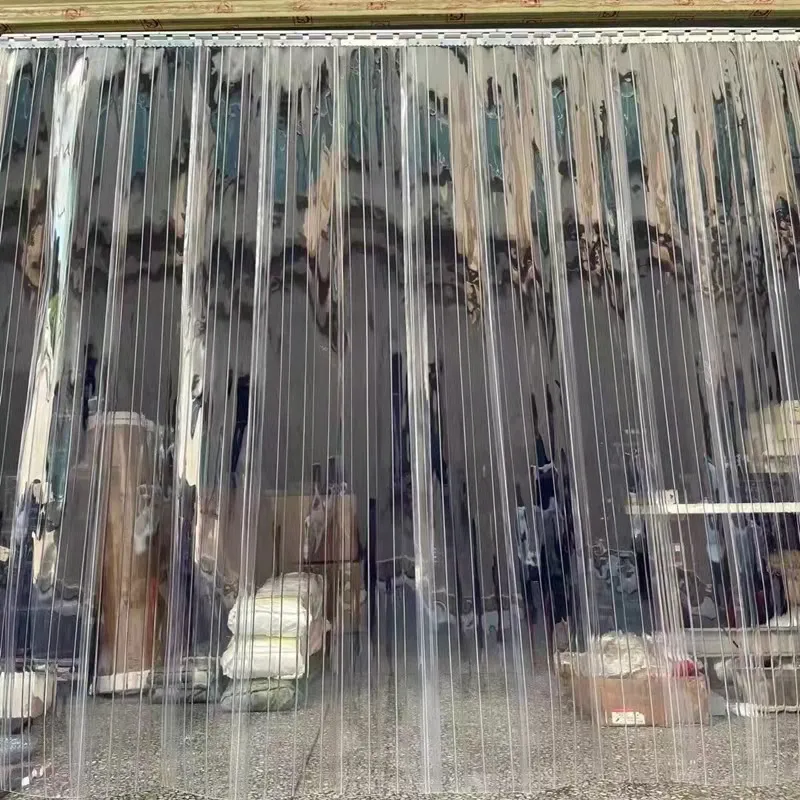- Afrikaans
- Albanian
- Amharic
- Arabic
- Armenian
- Azerbaijani
- Basque
- Belarusian
- Bengali
- Bosnian
- Bulgarian
- Catalan
- Cebuano
- Corsican
- Croatian
- Czech
- Danish
- Dutch
- English
- Esperanto
- Estonian
- Finnish
- French
- Frisian
- Galician
- Georgian
- German
- Greek
- Gujarati
- Haitian Creole
- hausa
- hawaiian
- Hebrew
- Hindi
- Miao
- Hungarian
- Icelandic
- igbo
- Indonesian
- irish
- Italian
- Japanese
- Javanese
- Kannada
- kazakh
- Khmer
- Rwandese
- Korean
- Kurdish
- Kyrgyz
- Lao
- Latin
- Latvian
- Lithuanian
- Luxembourgish
- Macedonian
- Malgashi
- Malay
- Malayalam
- Maltese
- Maori
- Marathi
- Mongolian
- Myanmar
- Nepali
- Norwegian
- Norwegian
- Occitan
- Pashto
- Persian
- Polish
- Portuguese
- Punjabi
- Romanian
- Russian
- Samoan
- Scottish Gaelic
- Serbian
- Sesotho
- Shona
- Sindhi
- Sinhala
- Slovak
- Slovenian
- Somali
- Spanish
- Sundanese
- Swahili
- Swedish
- Tagalog
- Tajik
- Tamil
- Tatar
- Telugu
- Thai
- Turkish
- Turkmen
- Ukrainian
- Urdu
- Uighur
- Uzbek
- Vietnamese
- Welsh
- Bantu
- Yiddish
- Yoruba
- Zulu
Flexible Thin Plastic Sheets for Versatile Applications in Various Industries
Thin Flexible Plastic Sheets Versatile Solutions for Modern Applications
Thin flexible plastic sheets are ubiquitous in today’s world, finding applications in a multitude of fields ranging from packaging and construction to art and education. Their versatility and adaptability make them essential materials for both industrial and creative purposes. In this article, we will explore the various types of thin flexible plastic sheets, their manufacturing processes, applications, and the future of this innovative material.
Types of Thin Flexible Plastic Sheets
Various types of thin flexible plastic sheets are produced, each designed for specific applications. Common materials include polyethylene (PE), polypropylene (PP), polyvinyl chloride (PVC), and polycarbonate (PC).
- Polyethylene (PE) is widely used for its cost-effectiveness and durability. It is commonly employed in packaging films and protective sheeting. - Polypropylene (PP) has excellent chemical resistance and is often used for labels, packaging, and even in medical applications. - Polyvinyl Chloride (PVC) is known for its rigidity when thick but can be formulated to be flexible and is often used in the signage industry. - Polycarbonate (PC) is renowned for its impact resistance and optical clarity, making it an excellent choice for applications that require transparency and strength.
Manufacturing Processes
The manufacturing of thin flexible plastic sheets involves various processes, with extrusion and calendaring being the most prominent. In the extrusion process, plastic pellets are melted and forced through a die to form sheets of the desired thickness. The resulting sheets can be further processed by cutting, drilling, or printing, depending on their intended use.
The calendaring process, on the other hand, involves passing heated plastic between rollers, allowing for the production of uniform sheets at varying thicknesses. This method is particularly suitable for producing sheets with specific surface finishes.
Applications Across Industries
The applications of thin flexible plastic sheets are vast and varied.
thin flexible plastic sheets

1. Packaging One of the most significant uses of thin plastic sheets is in the packaging industry. From food wraps to vacuum-sealed bags, these sheets provide excellent barrier properties, ensuring freshness and extending shelf life.
2. Construction In the construction sector, flexible plastic sheets are commonly used as vapor barriers, membranes, and liners. Their waterproofing properties make them indispensable in maintaining the integrity of structures.
3. Art and Education In creative industries, thin plastic sheets are used in myriad ways. From overhead projector sheets to materials for crafting, their lightweight and flexible nature lends itself well to artistic endeavors.
4. Medical Applications In healthcare, thin plastic sheets are utilized for protective covers, sterilization wraps, and even as materials for disposable medical devices. Their ease of sterilization and non-reactive qualities make them ideal for maintaining hygiene standards.
5. Automotive The automotive industry employs thin flexible plastic sheets in various components, such as dashboards and interior panels, due to their lightweight properties and ability to be molded into complex shapes.
The Future of Thin Flexible Plastic Sheets
As society increasingly focuses on sustainability, the future of thin flexible plastic sheets is evolving. There is a growing demand for bio-based plastics and recyclable materials. Researchers are exploring ways to produce thin flexible sheets from renewable resources, potentially reducing the environmental impact of traditional petroleum-based plastics.
Innovations in technology are also paving the way for improved manufacturing processes. These advancements aim to enhance the performance characteristics of flexible plastic sheets, making them more durable, lighter, and environmentally friendly.
Conclusion
Thin flexible plastic sheets are an integral part of modern life, serving a multitude of purposes across diverse industries. Their adaptability, cost-effectiveness, and ease of manufacturing make them an attractive option for many applications. As advancements continue to unfold and sustainability becomes a priority, the future of thin flexible plastic sheets promises to be bright, innovative, and more eco-friendly. Embracing these changes can lead to the development of smarter materials that meet the demands of our ever-evolving world.
-
Industrial Plastic Curtains for Efficient Temperature Control Durable Strip Doors for Butchers & RefrigeratorsNewsJul.07,2025
-
High-Quality PVC Door Curtain – Magnetic & Transparent Options for Efficient SeparationNewsJul.07,2025
-
High-Quality 냉장실용 커튼 for Efficient Cooling Durable PVC Coated Wire Mesh RollosNewsJul.06,2025
-
Antistatic PVC Strip Curtains – Superior Static Protection & Easy InstallationNewsJul.06,2025
-
Clear Freezer Curtains - Durable Vinyl & Plastic Curtains for Cold Storage SolutionsNewsJul.06,2025
-
Transparent PVC-Folie – Flexible & Durable Clear Plastic Sheets for Versatile UseNewsJul.05,2025



